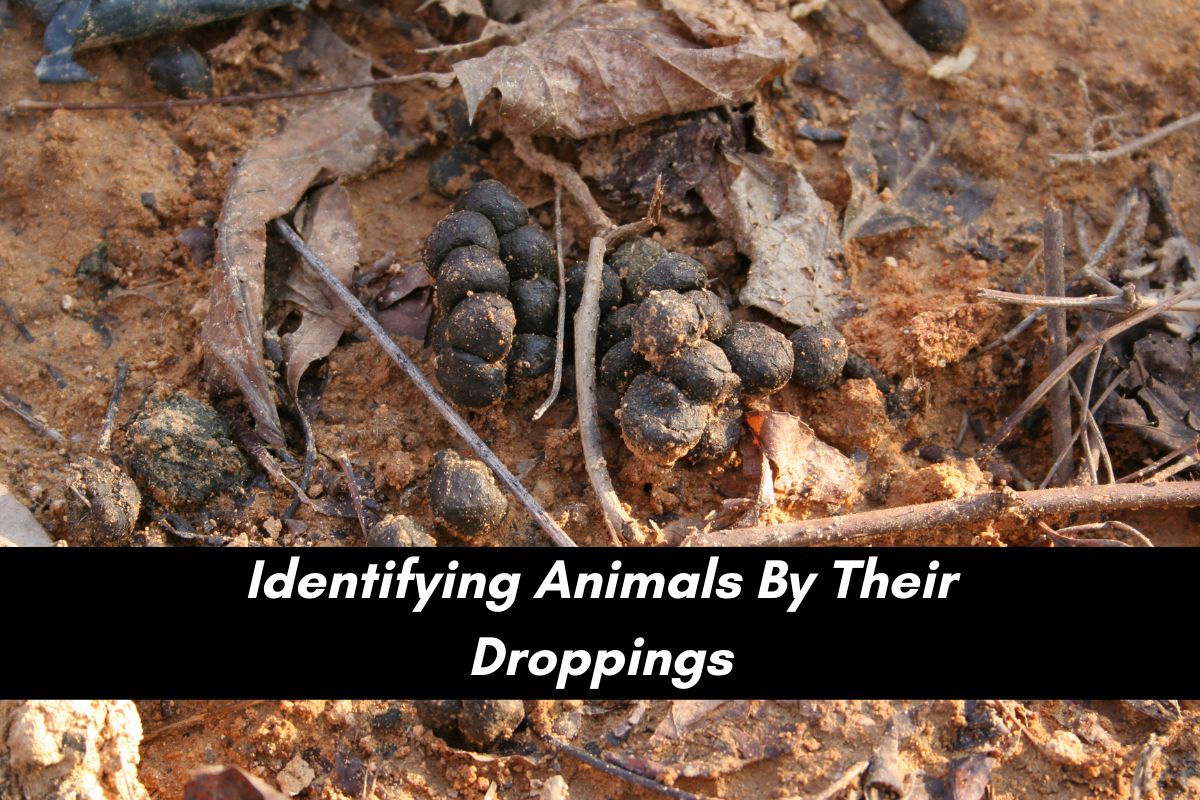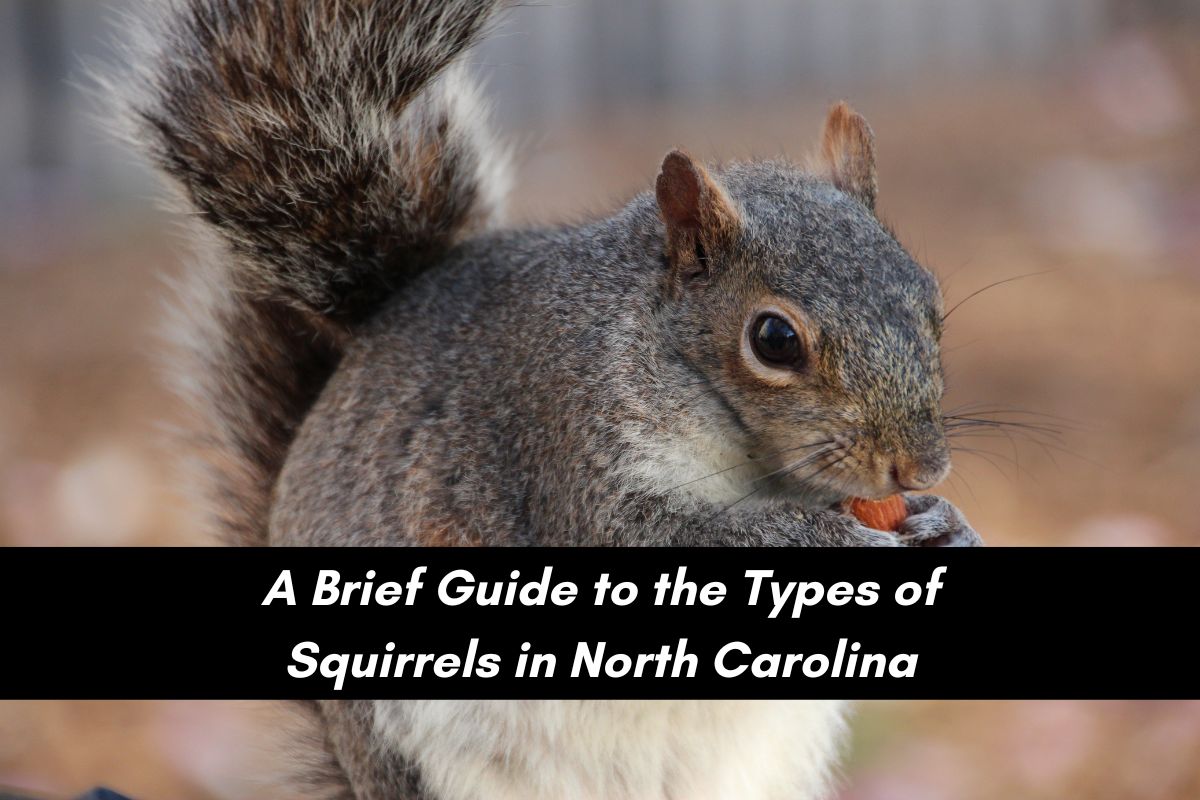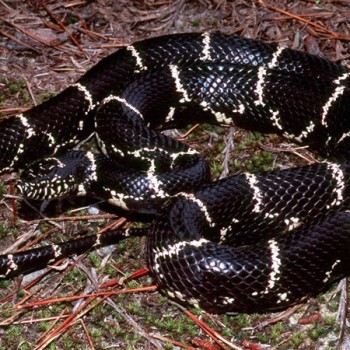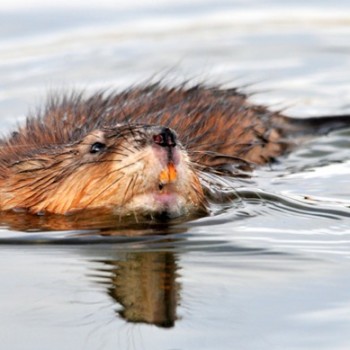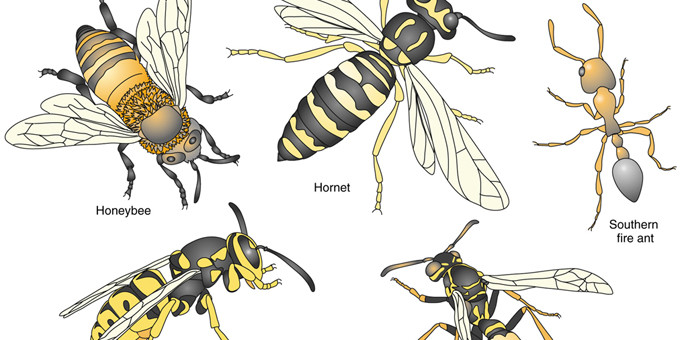
Are those Hornets, Wasps, Bees or Yellow Jackets?
- Posted by AdminBW
- On May 2, 2016
- 0 Comments
The weather is starting to warm-up here in Raleigh and with the warmer weather comes the usual insects. Nothing ruins a picnic or time in the yard with the family like a sting from a hornet, wasp, or yellow jacket. Can you tell the difference between the various species found in North Carolina? There are a few key ways to tell them apart. Depending on which one you’re dealing with, your plan of action could be very different.
First, the title was a little misleading. People think of hornets, wasps, and yellow jackets as all different, but actually yellow jackets and hornets are just two of many varieties of wasp. When you think of flying, stinging insects, the first thing you should do is think of two large, separate categories – bees and wasps. In this article we won’t talk about bees, but just so you know the general difference bees is that they are more hairy, more round at the waist, and feed off pollen and nectar, while wasps are not as hairy, are thin at the waist, and feed mostly off other insects.
MORE: How To Avoid Getting Stung By Bees, Wasps, Hornets
So, which species of wasp might you see in North Carolina? Some of the most common ones here in the Triangle are yellow jackets, hornets, and mud daubers. These species of wasps are broken down into solitary and social species. (We also have carpenter bees, which look like bumble bees and will burrow into the wood on your home’s deck or patio.)
Mud daubers are one of the solitary ones. They make nests out of mud that look like organ pipes and despite not relying on a common nest, they will usually put their pipe-shaped nest next to others, forming a cluster of tubes. Mud daubers are long, black wasps and despite looking as intimidating as their cousins, they very rarely, if ever, sting humans. They generally will not even sting to defend their nests, reserving their venom for the insects they kill. If you don’t mind the look of the organ pipes on your home, they could be seen as a positive presence as they will kill spiders and other pests.
MORE: Pest & Insect Control Services from Critter Control
The two common “social wasp” species are yellow jackets and hornets. Sadly, these are not quite as friendly as the mud dauber. Yellow jackets are the most aggressive and are known to defend their nest ferociously as a group. Unfortunately, it is often hard to know where the nests are because they will make them in cracks in a wall or in small openings in the ground. A good rule of thumb is, if there are a lot of yellow jackets going in and out of a small hole, there is a nest inside and you may want to call an exterminator.
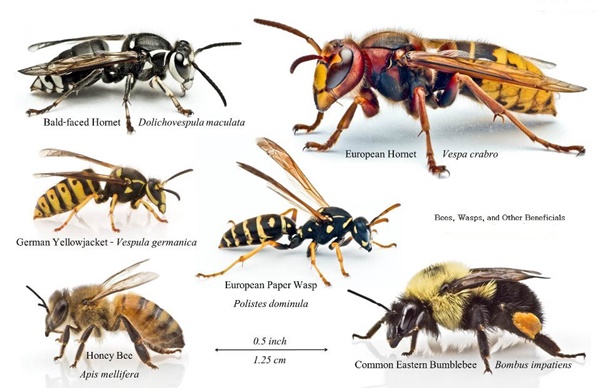
Yellow jackets are easy to spot with their yellow and black striped bodies. They also feed on other insects but will often go after open soda cans or other sugar if it’s exposed and nearby. These are the most likely wasp to sting so if you see many of them around your home or near a family picnic, be cautious. Allergic reactions are possible so monitor anyone who was stung for signs of a reaction.
MORE: What To Do If You’re Stung
The last wasp common to North Carolina that we’ll discuss is the hornet. The only hornet species in North America is the European hornet, which can appear similar to the yellowjacket but is larger. Both yellow jackets and hornets make their nests out of “paper” they produce from wood pulp. Hornets nests are usually large white paper structures that hang down from tree limbs. While not as aggressive as yellow jackets, they will sting to defend their nests and sometimes their food sources. Take care when dealing with either of these social wasp species (yellow jackets and hornets) and consider having trained professionals, like the staff at Critter Control of the Triangle, to remove them if they are near your living area.
MORE: Contact Us For More Wildlife in North Carolina Information




